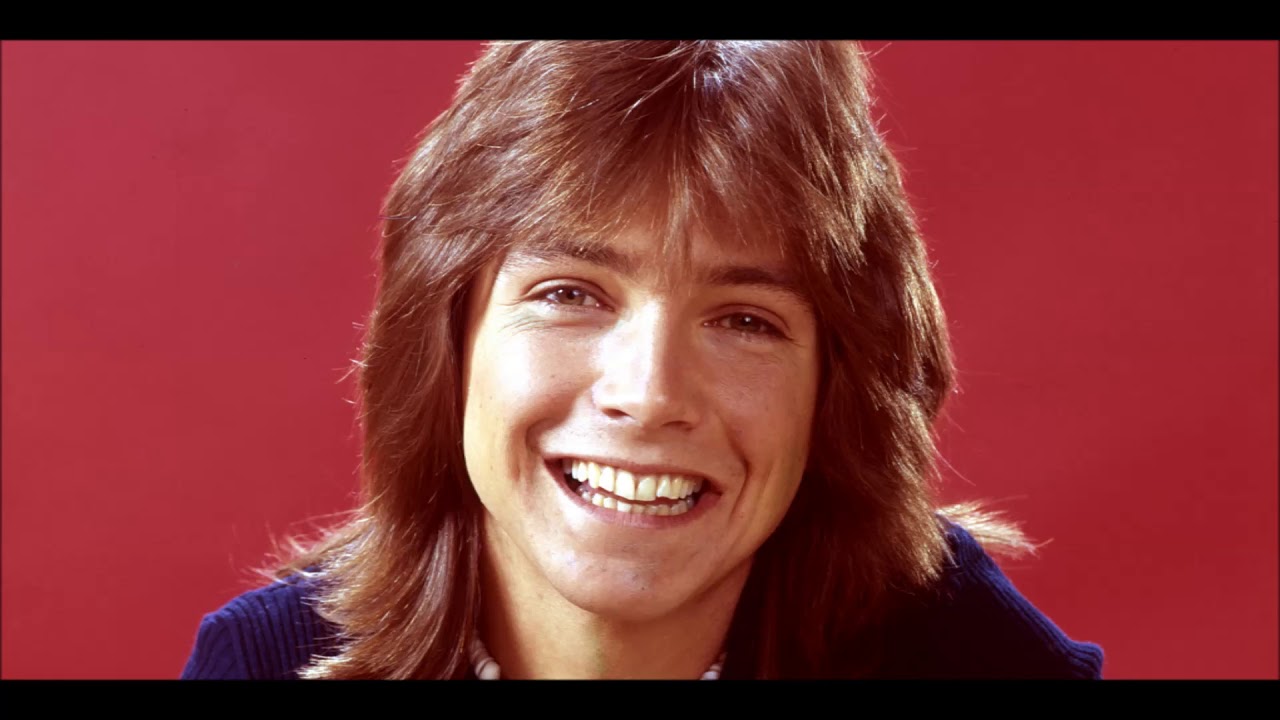
A doorway-opening promise — “Being Together” turns the first page of a young man’s solo life into a warm, steady vow, the kind you hum when you’re putting your coat back on and deciding to keep trying.
The plain facts lift the curtain. “Being Together,” written by Tony Romeo (the pop craftsman behind “I Think I Love You”), opens David Cassidy’s debut solo album Cherish, recorded in 1971 and released in the U.S. in February 1972 on Bell Records. The LP quickly made its case: Cherish reached No. 15 on the Billboard 200 in the U.S., and when it landed in Britain a month later, it climbed all the way to No. 2, holding in the U.K. Top 40 for 43 weeks. In that same U.K. spring, the two-sided single “Could It Be Forever” / “Cherish” rose to No. 2, fixing Cassidy not just as a face on magazine covers, but as a singer the radio couldn’t ignore.
Because “Being Together” isn’t a charting A-side, its “position” at release is best understood as the album’s front door. It’s track one on Cherish—the first voice you hear when the needle drops—and that position matters. Cassidy and producer Wes Farrell were introducing a solo identity; they chose a Romeo song that moves with simple, sunlit certainty, closer to a promise than a performance. Around him, elite Los Angeles players—Hal Blaine on drums, Larry Carlton, Louis Shelton, and Tommy Tedesco on guitars, Mike Melvoin handling piano plus string and horn arrangements—give the tune a quietly plush frame. You can hear the Wrecking Crew polish, but nobody crowds the vocal; the band stands like good furniture in a well-loved room.
Listen to how the lyric does its work. Romeo writes in plain talk—no melodrama, no allegory—just the relief of finding a person who turns noise into weather you can live with. The lines fall like ordinary conversation that has learned to sing, and Cassidy leans into that ease. He doesn’t plead or preen; he steadies the melody until it sounds like something you might say across a breakfast table: let’s make our small life together, and let’s mean it. For older ears, that modesty is the point. Big declarations fade; the quieter ones keep their shape.
Placed in its moment, “Being Together” also tells a story about David Cassidy taking the long way around fame’s corner. By early 1972 he’d already shouldered the most public kind of adoration with The Partridge Family—arena shrieks, headlines, the whole glittering freight. Cherish was where he started to choose songs that fit his own mouth and measure. Beginning the album with “Being Together” signaled a preference for intimacy over spectacle; it says, before anything else on the record can say it, I want songs that hold up in a quiet room. The marketplace rewarded that instinct: the album’s U.S. and U.K. peaks came quickly, and in Britain the companion double A-side was at No. 2 the very weeks the LP itself sat in the runner-up slot—an overlap that felt, then and now, like a gentle coronation for a newly solo voice.
Musically, the track’s charm is the way it breathes. The tempo never hurries; the rhythm section plants its feet and lets Cassidy float a half-beat ahead when the line needs a little lift. Melvoin’s strings arrive like a curtain opening rather than a flourish, and the guitars chime with that early-’70s West Coast sheen—clean, companionable, never in a rush to prove anything. You can hear Cassidy figuring out an adult register: the boyish grain is still there, but he phrases like someone who’s watched love survive a few ordinary storms.
Meaning? It’s right on the label. “Being Together” isn’t about conquest or regret; it’s about the daily practice of choosing company. That’s why it speaks so kindly to readers who’ve lived a few decades past its release. The song doesn’t sell a whirlwind; it sells a kitchen, a calendar, a hand to hold when the house gets too quiet. And because it opens Cherish, it also quietly names the album’s thesis: that pop, when sung without vanity, can feel like good manners—affection made audible.
There are flashier Cassidy moments from 1972—“Could It Be Forever,” the title track “Cherish,” later the torchlit “I Am a Clown”—but “Being Together” is the record’s handshake. It sets the temperature for what follows and reminds you, before the hits arrive, why the hits mattered: a clear tenor, a songwriter who trusted simple words, and a studio full of players wise enough to leave space around a young man learning to sound like himself. On the day it first played through living-room speakers—February and March of 1972, as the album rose on both sides of the Atlantic—it wasn’t a headline; it was a welcome. Decades on, it still is.